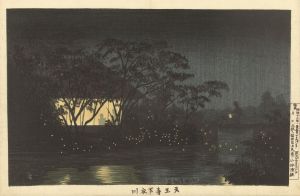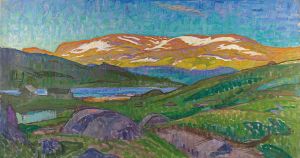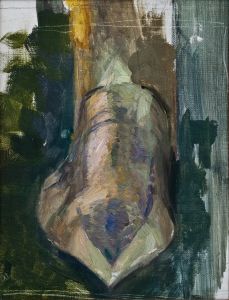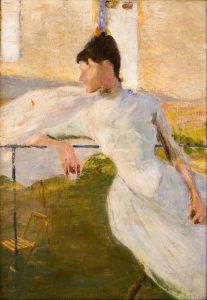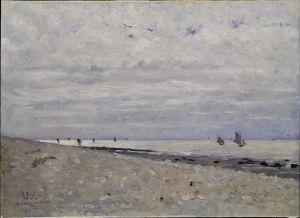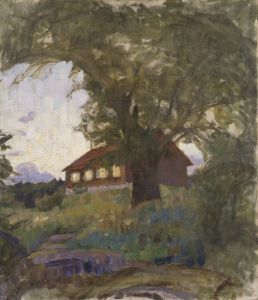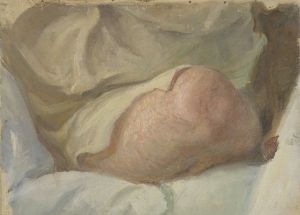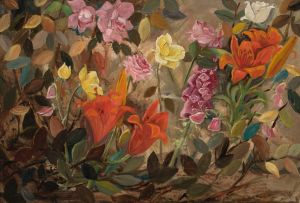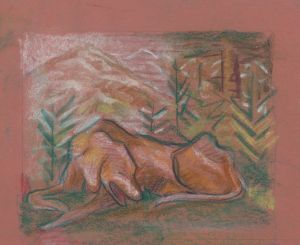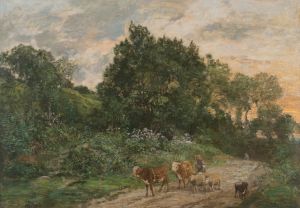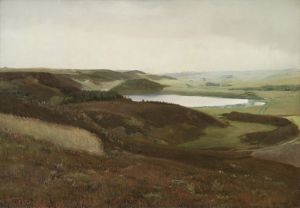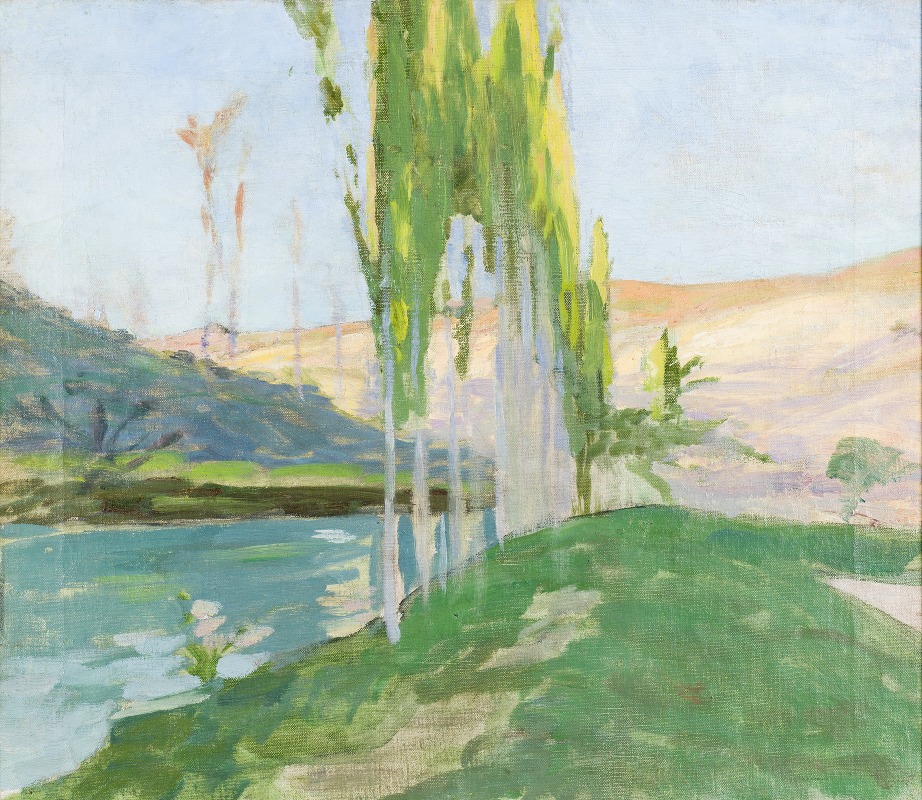
Poplars Growing near a Watercourse
A hand-painted replica of Richard Bergh’s masterpiece Poplars Growing near a Watercourse, meticulously crafted by professional artists to capture the true essence of the original. Each piece is created with museum-quality canvas and rare mineral pigments, carefully painted by experienced artists with delicate brushstrokes and rich, layered colors to perfectly recreate the texture of the original artwork. Unlike machine-printed reproductions, this hand-painted version brings the painting to life, infused with the artist’s emotions and skill in every stroke. Whether for personal collection or home decoration, it instantly elevates the artistic atmosphere of any space.
Richard Bergh's painting Poplars Growing near a Watercourse is a work by the Swedish artist known for his contributions to the National Romantic movement and his role in shaping Swedish art during the late 19th and early 20th centuries. Bergh, born in 1858 and active until his death in 1919, was a prominent painter, art critic, and museum director. His works often reflect a deep connection to nature, as well as an interest in capturing the interplay of light and atmosphere.
Poplars Growing near a Watercourse exemplifies Bergh's ability to depict serene landscapes with a focus on natural elements. The painting features a group of poplar trees situated near a body of water, creating a tranquil and harmonious scene. The composition highlights Bergh's skill in rendering the delicate textures of foliage and the reflective qualities of water. The use of light and shadow in the painting suggests a particular time of day, possibly early morning or late afternoon, when the sun casts a warm glow over the landscape.
Bergh's approach to landscape painting was influenced by his studies in France, where he was exposed to the plein air techniques of the Barbizon School and the naturalistic tendencies of Scandinavian artists. These influences are evident in the way he captures the essence of the Swedish countryside, emphasizing its quiet beauty and timeless character. The painting is a testament to Bergh's dedication to portraying the natural world with sensitivity and precision.
While specific details about the creation date or the current location of Poplars Growing near a Watercourse are not widely documented, the work is consistent with Bergh's broader artistic output during the late 19th century. During this period, he produced several notable landscape paintings that celebrated the Swedish environment and contributed to the development of a national artistic identity.
Richard Bergh's legacy extends beyond his paintings. As the director of the Swedish National Museum from 1915 until his death, he played a significant role in promoting Swedish art and culture. His works, including Poplars Growing near a Watercourse, continue to be appreciated for their technical mastery and their ability to evoke a profound sense of place.
This painting remains an important example of Bergh's landscape art, reflecting his commitment to capturing the beauty of nature and his influence on Swedish artistic traditions.





